April is a big month for green tea sellers in Shanghai, as the ‘Pre-Qingming’ and ‘Pre-Rain’ crops of varieties such as Longjing hit the market. But one of the best places to enjoy tea in the city is less concerned by such seasonal whims. Tucked away in a beautiful colonial house down a lane from Xiangyang Nan Lu, Da Ke Tang specialises in a different type of tea: Yunnan’s Pu’er, which is rarely drunk so soon after the leaves have been picked.
Similar to a fine wine, Pu’er is supposed to get better with age. Therefore when staff at Da Ke Tang talk about ‘new’ tea leaves, they’re often referring to those that were picked around 15 years ago. Take a leaf through their tea catalogue and you’ll find varieties dating back to the early 20th century. And, again like a fine wine, there are some eye-watering price tags attached to the most rarified selections, with Da Ke Tang offering grades of tea that will set you back hundreds of thousands of renminbi.
Unsurprisingly, when dealing with tea leaves that are in a similar price bracket to a sports car, customers expect Da Ke Tang to do more than just stick the kettle on, and the venue employs a team of experts to deliver traditional tea ceremonies.
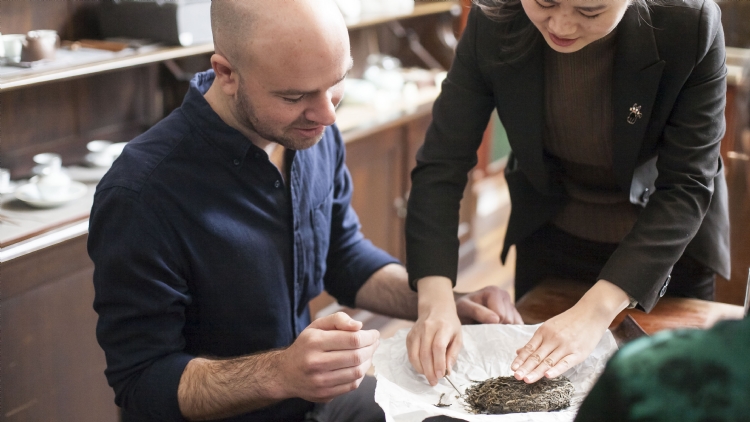
Shen Pei – who has worked at Da Ke Tang for two years and, like most of the staff, studied tea culture at a specialist college – walks me through the fastidious steps to performing a tea ceremony. I begin by unwrapping the tea cake and using a small screwdriver-like implement to break up the hard, dry disc of leaves.
It sounds straightforward, but I’m soon told I’m holding the screwdriver thing (that’s a technical term) incorrectly. I’m also not sitting properly and my posture is terrible – Shen says that I should be occupying just one third of the chair and that I ought to be keeping a straight back at all times.
Once I’m sitting uncomfortably, I may begin. I weigh out exactly 12 grams of tea and fill a heavy iron tea pot with water from a tap hidden in the table. With the kettle on, as a Brit I’m inclined to have a bit of a natter with those waiting for a cuppa. But Shen tells me that interaction with the guests is generally limited to talking about tea and then only at their behest; apparently discussions about the weather or the recent fortunes of Derby County Football Club don’t usually come up.
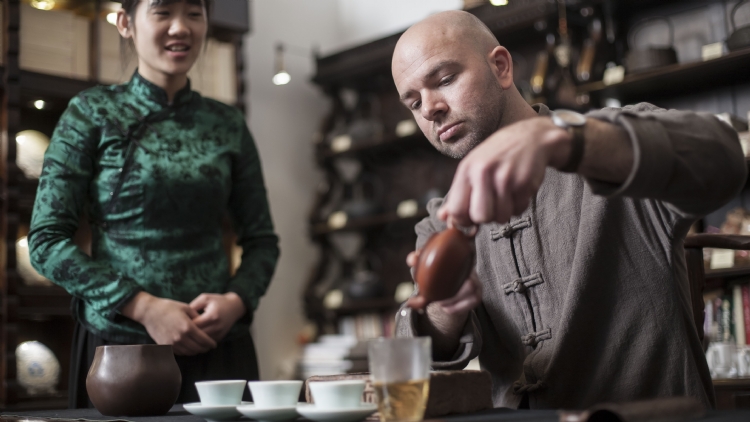
I therefore elect to sit quietly while Shen talks about the health benefits of drinking Pu’er tea. ‘I used to have a fat round face,’ she says. ‘But after drinking all this tea I’ve lost lots of weight.’ I half-expect her to whip out an oversized qipao akin to the Subway Guy’s jeans, but she keeps it classy.
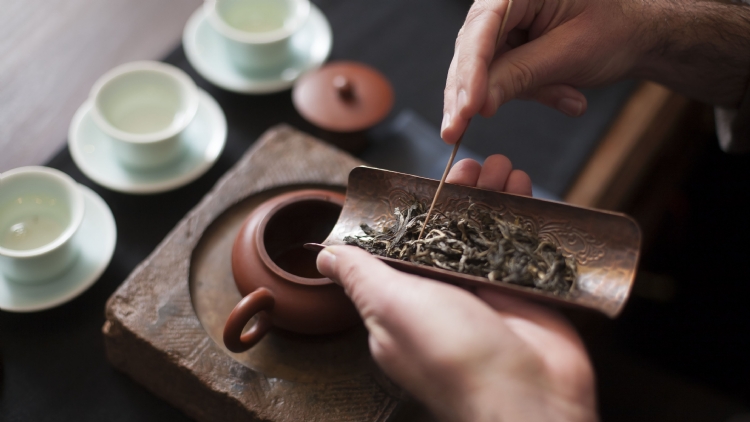
With the kettle boiled and the tea ready and weighed, you’d think we were close to drinking time, but apparently not – the first water out of the kettle is simply used to wash the cups. Once the cups are washed, I carefully scrape the tea into a second, smaller teapot made of clay with a special tea scoop, then take the iron teapot (which has come to the boil again) and pour the water over the leaves. But even then it’s still not time to drink it. The first pot of Pu’er should be poured away to wash the leaves.
Fortunately, the customers at Da Ke Tang don’t seem like they’re in too much of a hurry – presumably if you frequent somewhere dedicated to a tea that gets better with age, you’re not too worried if it takes its time to get to your cup. Starbucks it ain’t.
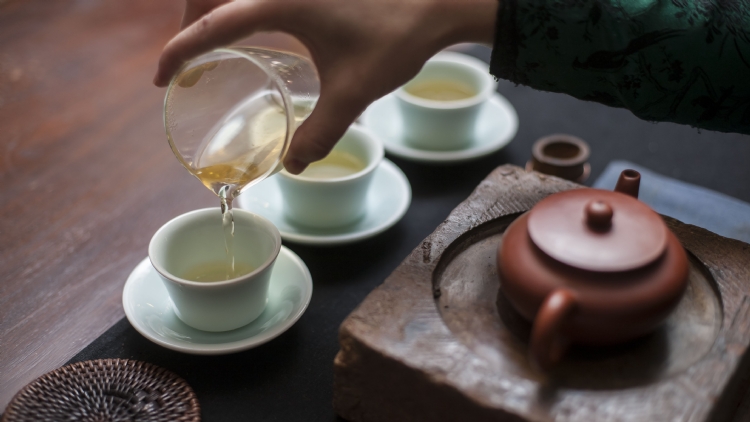
Once I’ve managed to pick up the teapot without burning my fingers (delicate snowflake that I am), we’re ready for a pot of tea that can actually be drunk. I repeat the filling of the smaller teapot with water from the larger teapot, then – after just a few seconds of brewing time – I pour the tea into a glass beaker and use this to fill the cups from right to left.
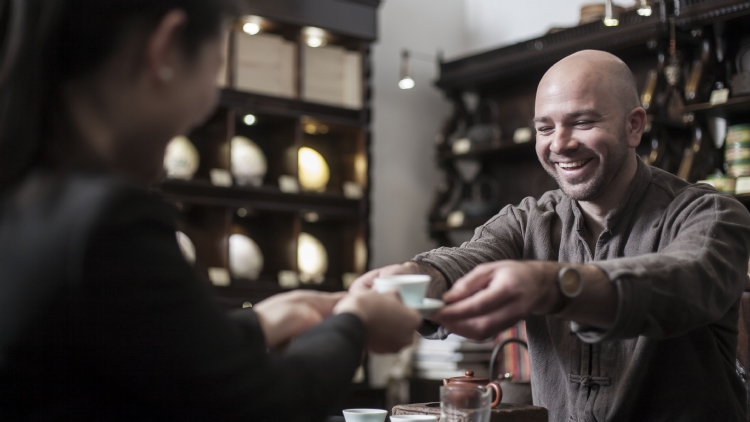
The ceremony is fussy, and combined with my worries about breaking expensive tea sets or spilling boiling hot liquid on an important customer, I find it a surprisingly stressful job to perform. But sitting on the other side of the table, the appeal of being a regular at Da Ke Tang is obvious.
Being served tea in this way, in these surroundings, engenders serenity and it’s easy to while away a few hours here, whether you’re dropping thousands on a tea or just meeting the main room’s minimum spend of 150RMB. ‘When I was first moving to Shanghai from Anhui, people said “how will you cope with living in such a hectic city?”’ Shen tells me. ‘But I’ve not found it hectic at all. Working here, it makes for quite a slow peaceful life.’
Da Ke Tang is at No 25, Lane 388, Xiangyang Nan Lu, near Yongjia Lu, Xuhui district.

